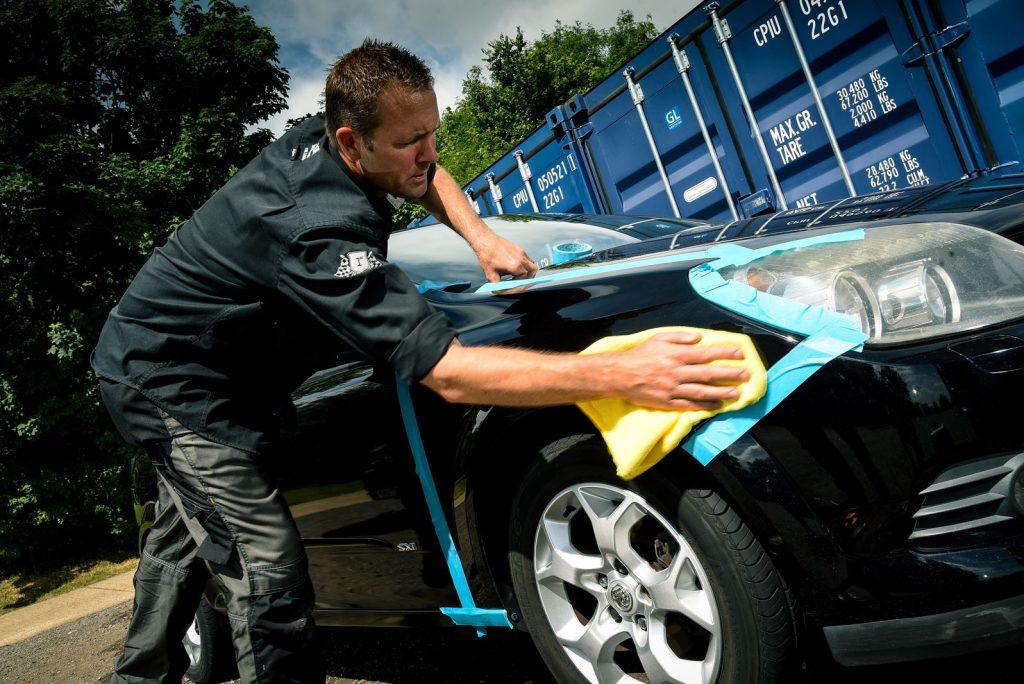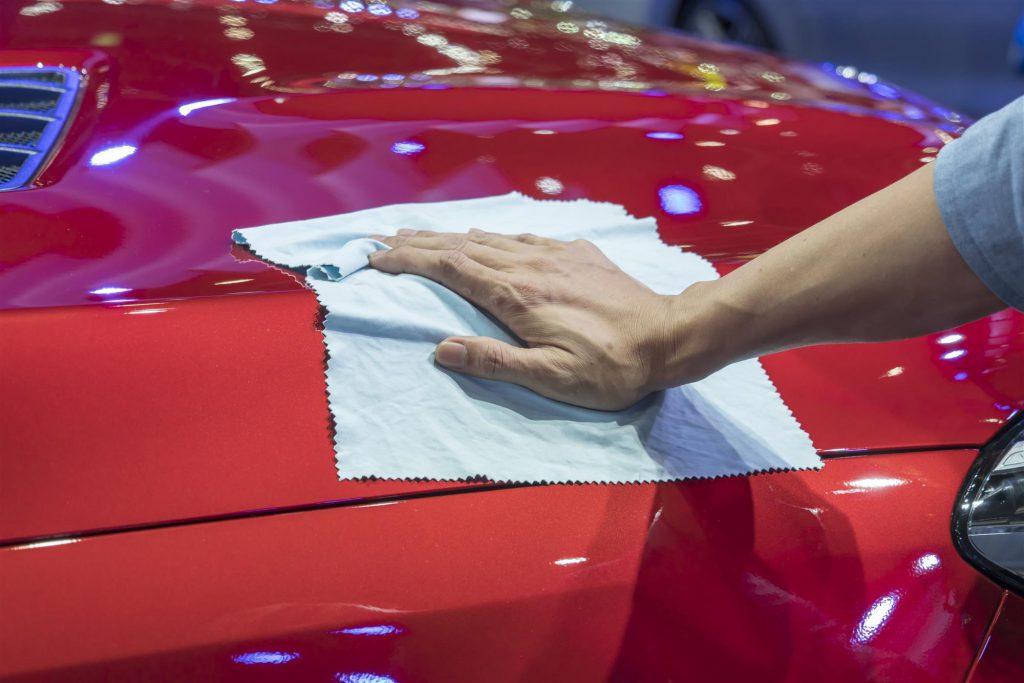Every automobile manufacturer offers different recommendations about when to change the brake fluid. One can check the owner manual, or visit a reputed car expert to get the job done. Although the brake fluid is safe inside an airtight reservoir, at times moisture can cause the brake fluid to leak out and cause damage to the car exterior. It leaves drivers wondering as to what to do in brake fluid on car paint situation.
Contents
Know The Effects Of Brake Fluid On Car Paint Here
As a car owner, you need to check the level of brake fluid to keep the braking system running well. The brake fluid and car paint are a terrible combination. We recommend you browse online to learn the best maintenance tips for keeping your car paint safe from damage. An accidental spill on the car paint can spell trouble. If you are going to do it by yourself, pay attention to the information below. One wrong move could end up damaging the car paint beyond saving.
Let us begin by first understanding what effects occur as a result of the accidental spilling of brake fluid on paintwork.
How brake fluid damages the car paint?
You might wonder about how the brake fluid, an essential component of your car, can damage its shine. Brake fluid typically contains chemicals that can damage car paint if it comes into contact with the painted surfaces. The main culprits are the glycol ethers present in some types of brake fluid. These molecules perform a dual function, which makes the fluid effective at damaging coatings. The chemical reaction of glycol works similar to an aggressive solvent on the car paint, causing discoloration, fading, or even peeling.
The fluid breaks the coating layer leaving vertical marks or stripes while moving downwards on the car body. Additionally, brake fluid is often a highly corrosive substance, especially if it contains moisture or becomes contaminated over time. Corrosion can eat away at the paint and cause damage to the underlying metal surfaces. If brake fluid leaks or spills onto the car’s paint, it should be cleaned up promptly to minimize the risk of damage.
See more:
How much time before the fluid causes permanent damage?
Although the car would not have any problems, the longer the fluid sits on the paint, the more extensive damage it would cause to your vehicle. For those looking to know what does fluid do to car paint, we have compiled a timeline of the effects of brake fluid on car paint.
- 5 minutes – dull marks occur with coating compromised in those spots
- At ten minute mark, you can see the stains, and the paint coat damaged
- 30 minutes – you will notice stripes, which makes paint damage inevitable
The severity of the damage on your car paint will depend on factors such as the concentration and duration of exposure to the brake fluid, as well as the type and condition of the car’s paint. Promptly cleaning and rinsing affected areas with water can help mitigate potential damage, but professional assistance may be required in severe cases.
How To Remove The Brake Fluid On Car Paint?
We have the best tips to help you clean off the fluid before it damages the car paint permanently:
1. Put on protective gloves
Before handling any cleaning agents, it’s advisable to wear protective gloves to ensure your skin is protected.
2. Blot the brake fluid
You should use a paper towel to soak up the maximum brake fluid. Do not try to wipe the liquid, as it will spread it and expand the area it can damage. Now, keep the towel on the spot and press lightly to blot up the fluid.

3. Wash the fluid
Clean the spot off the car. Use a car wash detergent to clean the vehicle. Besides, use any soap to wash, as it is an effective brake fluid paint remover. Make sure to use a clean and wet sponge.
If the brake fluid has dried or left a stain, you can try using a mild car-safe detergent or soap. Mix the detergent with water according to the manufacturer’s instructions. Dip a soft sponge or cloth into the soapy solution and gently scrub the affected area. Be careful not to scrub too vigorously, as it can damage the paint.
4. Rinse
After scrubbing, rinse the area thoroughly with clean water to remove any detergent residue. Ensure that all traces of the brake fluid and cleaning agents are completely removed.

5. Dry the area
Use a clean, lint-free cloth to pat the area dry. Avoid rubbing, as it can cause scratches.
How fast does brake fluid affect your car paint:
Final Note
Remember, prevention is key. When working with brake fluid, take precautions to prevent spills or leaks onto painted surfaces. If possible, use protective coverings or towels to shield the car’s paint during brake fluid-related tasks. We hope this blog explains the results of brake fluid on car paint and how you can resolve this issue without much hassle.



